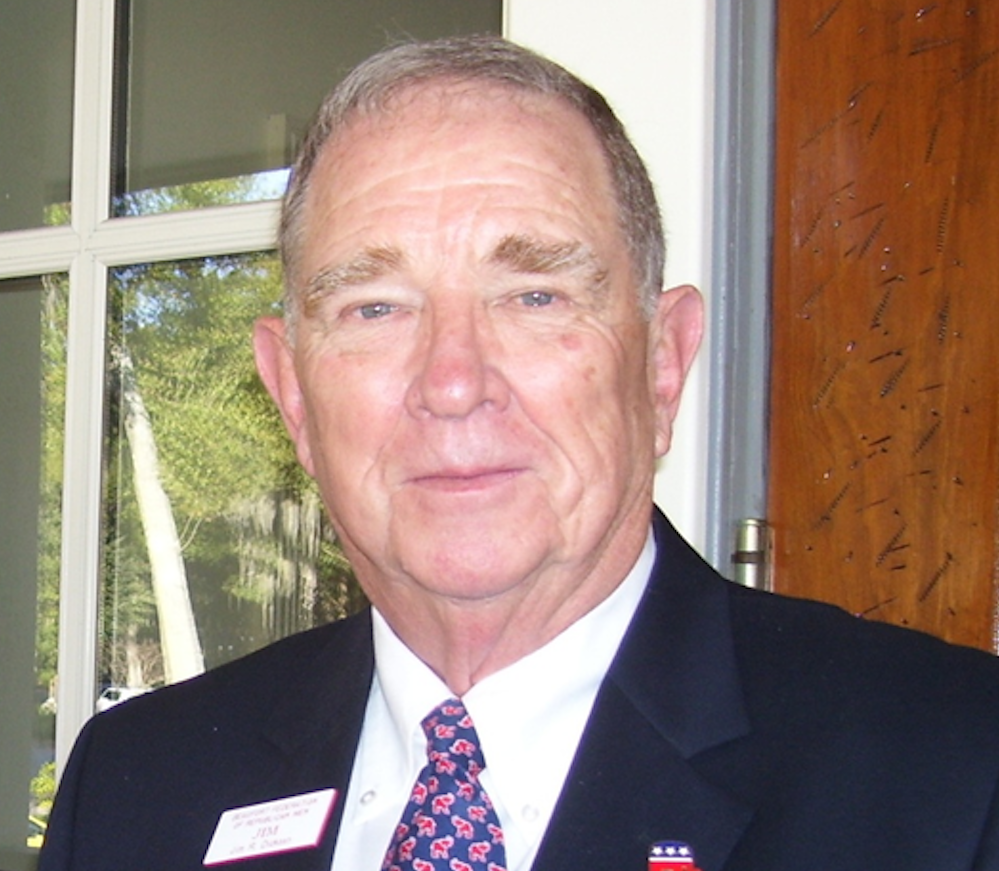By Andy Brack
Rural communities in South Carolina are in the midst of a “Great Hollowing,” a reduction in the number of people, their economic power, their political might and, in some ways, their sense of place.
Meanwhile, urban areas like Horry, Greenville, Charleston and Berkeley counties grew as the state added more than 360,000 people between 2020 and 2024 — a whopping 7% overall growth rate.
Some of our rural areas, such as the towns of Hampton and Hartsville, still feel alive and robust. Too many others have downtown areas that resemble ghost towns with empty store fronts, weathered wood and virtually no foot traffic.
“If you’re not growing, you are unfortunately dying,” said state Sen. Russell Ott, a Democrat who makes rural St. Matthews his home. But as the coast and Upstate suck up new residents like sponges, some people still want small-town life with slower paces and graces. Ott says they’re not put off by driving 30 minutes to get to good restaurants and bigger stores.
Still, too many who live in smaller towns may be trapped by few job prospects, an education system that aspires but is still left behind and generational issues that keep them stuck.
Ott said the difference between a rural town that succeeds and one that’s isolated often comes down to invigorated local elected leadership that plans what it wants its community to be – and then makes it happen.
But even rural communities with good leaders face ongoing challenges of needing more water and sewer infrastructure for economic growth or money for downtown revitalization or more money to pay good teachers competitively.
“It’s the chicken or the egg,” Ott said. “You’re not going to open a Cracker Barrel unless Cracker Barrel runs the numbers and knows there’s enough there to support them.”
Part of the money problems that smaller counties with lower tax bases have is they’re still dealing with Act 388, which swapped lower property taxes for higher sales taxes and reduced a local area’s ability to tax. Ott said Act 388 needs to be scrapped because it hampers small businesses, which absorbed the brunt of lost local government revenues.
And there’s something else at work that is hollowing rural parts of the state – the graying, or aging, of the people who live there.
Daniel Tompkins, a state data analyst, noted, “without a working-age population growing equally fast, counties with an age distribution like Horry, whether rural or urban, will need to attract a workforce to support the ballooning retired population.”
Data shows the state will increase in the number of children in 12 urban counties. And those areas will grow in the number of people who are in the workforce (ages 18 to 64) in the next few years. But a clear swath of rural Upstate counties and those in a wide band from the Pee Dee southwest to Barnwell, Allendale and Bamberg counties could lose up to 30% of their workforce in the next few years.
These maps should be scary for rural elected officials. They’re a clear warning that more needs to be done. And some of that work needs to be shouldered by state legislators, who need to focus more on small businesses than landing the next big industry in an urban area.
For the last 15 years, we’ve urged lawmakers to create a cabinet-level position in state government to add and retain 10,000 small business jobs in the state per year. This strategy would benefit rural areas sooner than later.
“Politicians talk about helping small businesses,” we remind leaders every year. “This would force them to.”
Get to work.
Andy Brack is editor and publisher of the Charleston City Paper and Statehouse Report. Have a comment? Send it to feedback@statehousereport.com.








